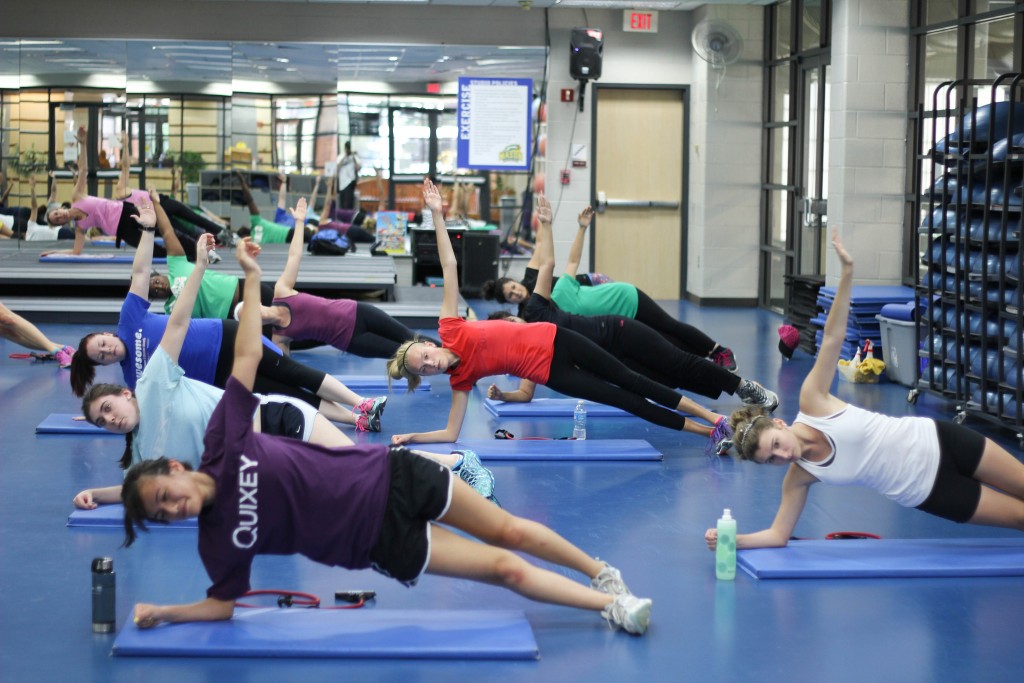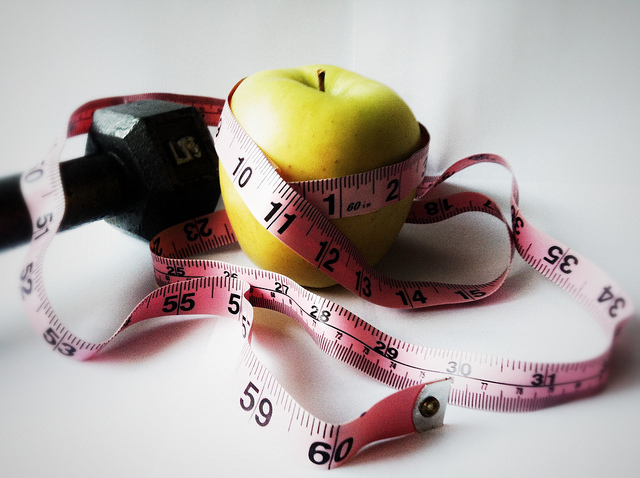Do you spend time at the JC, AFC, or RAC? You can participate in Mason Recreation’s Barre classes at any of these three locations. But what is Barre?
Rachel Gill, Barre instructor at the AFC, describes the class as “an exciting and new program that strengthens, tones, and improves balance and flexibility through ballet inspired moves.” She explains that Barre is unique to other strength classes because “instead of only targeting the large main muscle groups, it focuses on the smaller stabilizing muscles that are necessary for increased performance and injury prevention. Barre is perfect for anyone ready to mix up their workout, find balance and control, and have a lot of fun doing so.”
Some Barre classes actually use a ballet barre on the wall, while others are taught without the physical barre there. Patty Jarrett, Mason Recreation Group Fitness Coordinator, explains that classes without the barre “are the same leg and arm movements but done lying on the floor, with props, and/or have added Pilates and yoga movements. They are challenging to both men and women and NO dance experience is required.” Whether your class uses the barre or not, Patty says “the classes incorporate many muscle groups that are not used regularly in daily living or even in the gym period. Barre is also very challenging to the core muscles and help to balance the body.”
This semester, Mason Recreation is offering Barre classes at the following times:
All Barre classes are Green Access, which are free to full-time students and Mason Recreation members. The Pilates/Barre Fusion class at the JC is free and open to the entire Mason community. For more information about Barre and all of our fitness classes, visit recreation.gmu.edu/fitness.





